Government-owned utility SA Water has added to its renewable energy portfolio, unveiling two new solar PV arrays in the state’s southeast as it continues to roll out a $300 million renewable energy investment strategy which will see more than 500,000 solar modules and 34 MWh of energy storage installed at more than 30 sites across the state.
SA Water confirmed on Friday that two new arrays, comprising about 470 ground-mounted solar PV modules have been installed at its depot and wastewater pump station in Mount Gambier. The two new solar PV arrays became operational earlier this month and are expected to generate a combined 216 MWh of renewable energy each year.
SA Water’s senior manager of Zero Cost Energy Future Nicola Murphy said the Mt Gambier installations are among more than 30 solar PV arrays being installed at the utility’s wastewater treatment plants, pump stations and depots.
One of the largest renewable energy projects in the Australian water industry, SA Water’s zero cost energy future initiative will generate around 242 GWh of solar energy, along with 34 MWh of battery storage.
Murphy said the SA Water is one of South Australia’s biggest electricity consumers and is determined to cut its carbon emissions and reduce energy costs which reached $86 million in 2019-2020.
“We want to set an example of proactive environmental leadership, focused on sustainability and action on climate change, and these solar panels in the heart of Mount Gambier are terrific examples of how we can make a real difference in reducing carbon emissions to the tune of around 92 tonnes every year,” she said.
“To put this into perspective, this energy generation is the equivalent of powering approximately 36 South Australian homes for one year.”
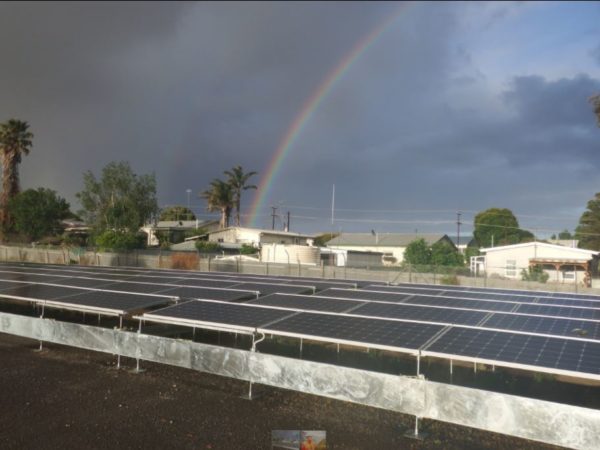
Image: SA Water
Murphy said the Mount Gambier arrays are among more than 360,000 solar panels already in the ground at sites across South Australia, with all expected to be energised over the course of the year.
“Our team is busy getting our sites energised and connected to the national electricity grid ahead of the warmer, sunnier months, where the true benefits of this exciting project will come to the front,” she said.
SA Water’s latest installations are part of a flood of renewable energy projects that have been rolled out at water and wastewater facilities across the nation this month.
In New South Wales, state-owned utility Hunter Water confirmed that the installation of 1,200 solar modules at its Morpeth Wastewater Treatment Works had commenced.
The 600 kW system is part of a $15 million initiative to deliver more than 6 MW of solar within the next few years.
The work being done at Morpeth follows the earlier installation of a 252-panel solar array at Branxton Wastewater Treatment Works.
Hunter Water managing director Darren Cleary said the rollout would cut the organisation’s energy costs through onsite renewable generation and support its goal to be carbon neutral by 2030.
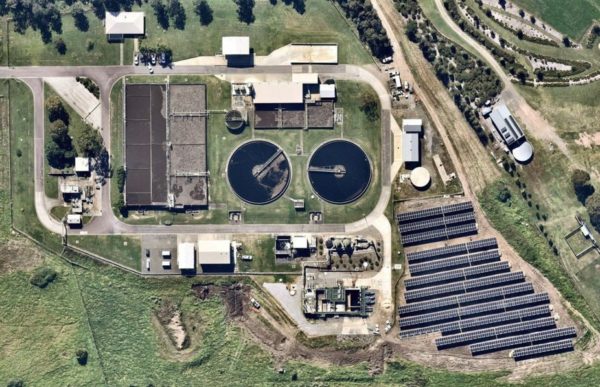
Image: Hunter Water
“Following the success of the solar pilot project at Branxton WWTW, we are now applying what we learned to roll out other projects across our region’s assets.
“Electricity is one of our major expenses, accounting for up to 10% of our operating costs, and solar is one of a number of opportunities available that can help us reduce both costs and carbon emissions.
“Once completed, we estimate the renewable energy project will deliver a 12% reduction in consumption per year and provide an annual saving of $1.15 million on our electricity costs.”
Victorian water corporation Central Highlands Water is also exploring renewable energy initiatives, announcing plans earlier this month to construct five large-scale solar installations.
In a statement, the utility said the new solar PV arrays will be installed at its Ballarat North and South wastewater treatment plants, Lal Lal and White Swan water treatment plants and the White Swan pump station.
Central Highlands Water said the solar initiative has the potential to deliver up to 40% of the utility’s total electricity load and reduce its overall energy costs by 20%.
In Darwin, the Shoal Bay Waste Management Facility is also looking to solar PV power to help reduce its electricity costs with a new 99 kW system now operational.
Council said the new rooftop solar system, which was switched on earlier this month, will provide a saving of about $34,000 per year, more than 50% of the site’s energy bill.
This content is protected by copyright and may not be reused. If you want to cooperate with us and would like to reuse some of our content, please contact: editors@pv-magazine.com.
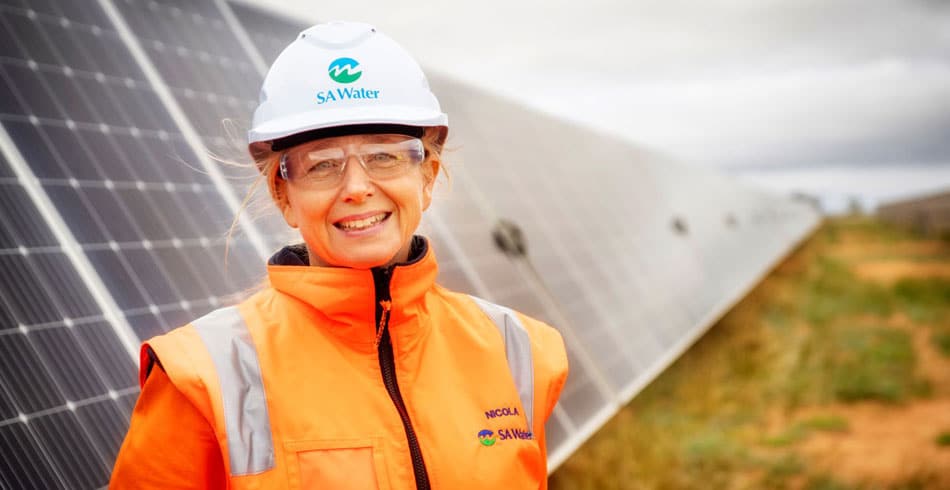



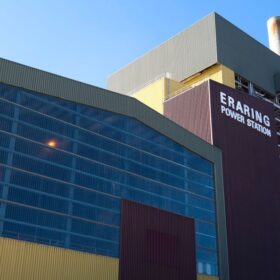

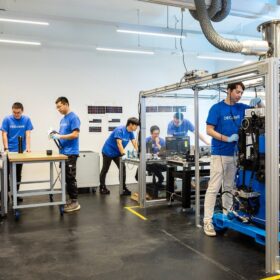
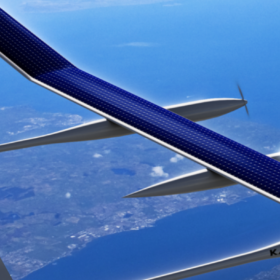
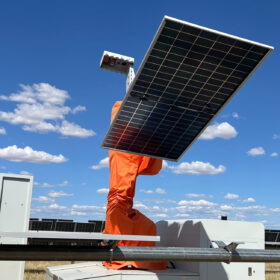
By submitting this form you agree to pv magazine using your data for the purposes of publishing your comment.
Your personal data will only be disclosed or otherwise transmitted to third parties for the purposes of spam filtering or if this is necessary for technical maintenance of the website. Any other transfer to third parties will not take place unless this is justified on the basis of applicable data protection regulations or if pv magazine is legally obliged to do so.
You may revoke this consent at any time with effect for the future, in which case your personal data will be deleted immediately. Otherwise, your data will be deleted if pv magazine has processed your request or the purpose of data storage is fulfilled.
Further information on data privacy can be found in our Data Protection Policy.